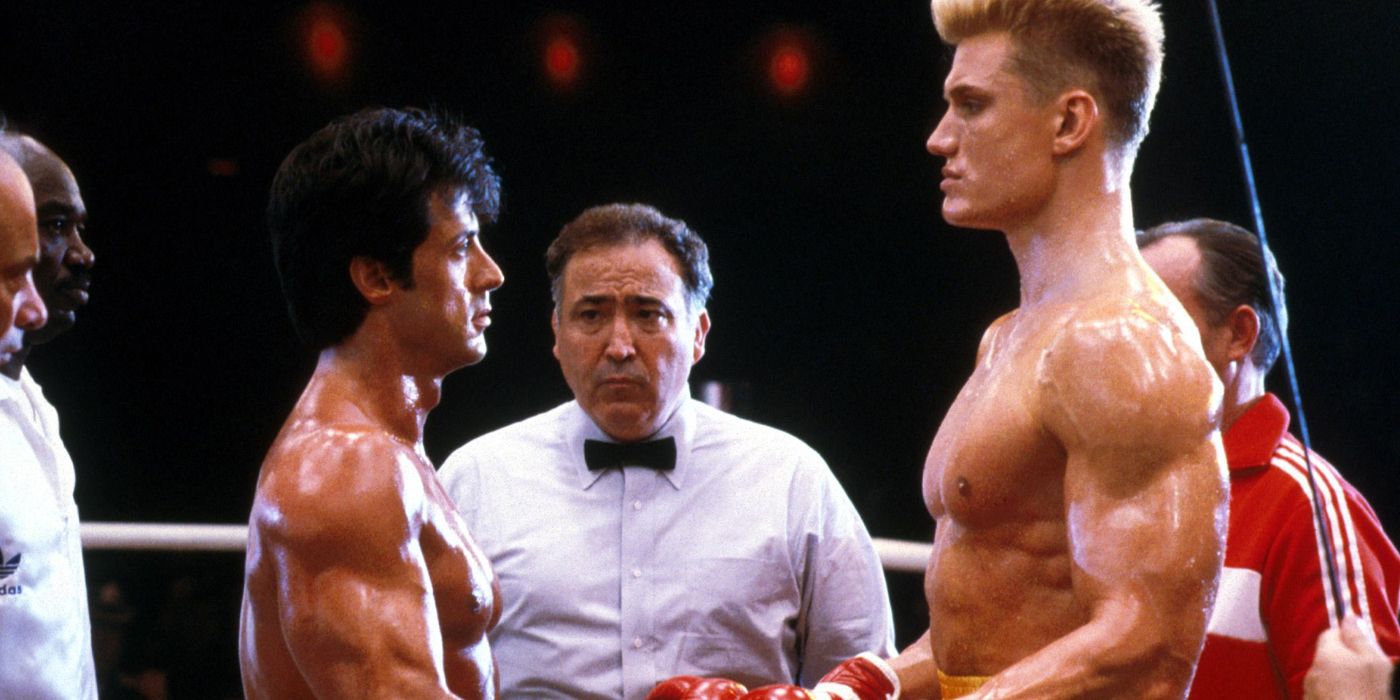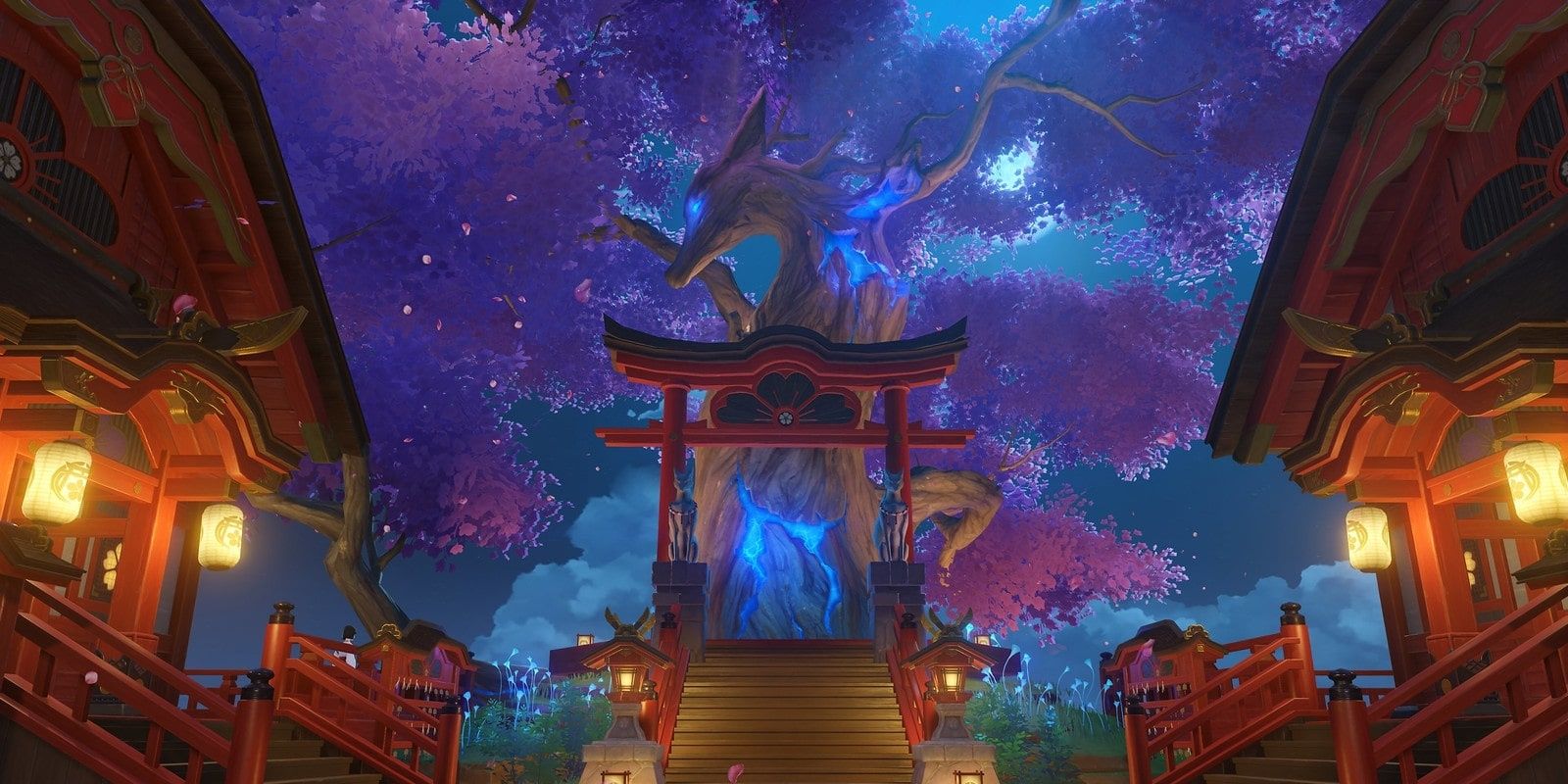

Once in a while, a story comes along that manages to combine two disparate genres in a way that somehow makes perfect sense. Alien did it with sci-fi and horror, Hot Fuzz did it with action and comedy — even the original Star Wars fused classic space opera tropes with fantasy, western, and samurai stylings.
As it happens, one of this year’s most exciting anime continues this tradition of unexpected genre mashups. Megalo Box, animated by TMS Entertainment — the studio behind Lupin the Third, Dr. Stone, and the classic anime film Akira — originally premiered with its first season back in 2018. But with its second season recently concluded earlier this year, this truly unique series deserves a closer look.
RELATED: Megalo Box: 10 Things You Didn't Know About Joe
Megalo Box was originally envisioned as a remake of the classic boxing manga Ashita no Joe (translated as Tomorrow’s Joe), released to commemorate the manga’s 50th anniversary. But instead of being a straightforward retelling of Ashita no Joe, it would be more accurate to call Megalo Box a reinvention of its manga predecessor. But besides sharing the same basic premise and a few similar characters, Megalo Box is very much a completely different animal to Ashita no Joe.

One of the most striking things about Megalo Box — and its biggest difference from Ashita no Joe — is its futuristic cyberpunk setting. Rather than being grounded in the real world, Megalo Box takes place in the Japan of the not-too-distant future. In this future, traditional boxing has been replaced by Megaloboxing: a new form of the sport in which the boxers fight wearing high-tech exoskeletons called “gear” that boost their strength.
The series protagonist Joe — named after the title character of Ashita no Joe — is a fighter in an underground Megaloboxing ring until he has a chance encounter with the world champion Megaloboxer, Yuri. Yuri invites Joe to challenge him in the upcoming Megalonia tournament, inspiring Joe to defeat Yuri and become the new champion. Over the course of the first season, Joe bands together with a ragtag group of fellow outsiders to fight his way to the title bout. On his way to face Yuri, Joe must overcome not only a series of rival boxers, but also his own social standing as a slum-dwelling outcast. But despite the seemingly impossible odds, Joe’s determination drives him to keep fighting no matter what.
The show’s second season, Megalo Box 2: Nomad, takes place several years after the first season, and tells a very different story. When Joe first reappears, he’s a lonely and depressed drifter without any fighting spirit left — a mere shell of the man he was in season one. While the events that led Joe to this sorry state are a mystery at first, it’s clear that things have gone very, very wrong. Nomad follows Joe’s journey to find meaning in his life once again, connecting with friends old and new as he rediscovers his passion for boxing.
If the premises of the two seasons of Megalo Box sound familiar, it’s no coincidence. The series follows a very similar structure to pop culture’s most iconic boxing story: the Rocky movies. Joe himself arguably resembles Sylvester Stallone’s Rocky Balboa as much as he does Joe Yabuki from Ashita no Joe — after all, both Joe and Rocky are down-on-their-luck nobodies who become determined to take on a world champion boxer through passion and grit alone. In many ways, Megalo Box is a sci-fi twist on the classic underdog boxing story.

But if season 1 of Megalo Box is a parallel to the original Rocky, then Nomad is the series’ answer to the Creed films. Just as Creed presents viewers with a washed-up Rocky who regains his spark by training Adonis Creed, Nomad focuses on Joe’s own character development as he helps multiple up-and-coming boxers on their journeys. Season 2 of Megalo Box is a more somber, character-driven affair than the first, but that just makes it all the more compelling.
Of course, the boxing side of things is only one part of what makes Megalo Box so unique — the show’s cyberpunk setting is equally important to the identity of the series. Giving the show a futuristic setting isn’t just a way to make it stand out from Ashita no Joe, it also carries major thematic weight. Science fiction, especially in the cyberpunk subgenre, has always been concerned with social and political themes, and Megalo Box is no exception. Like many cyberpunk stories, the series examines the divide between the rich and poor, and how that divide has an impact on the lives of innocent people. Joe is an underdog not just because of his inexperience, but because of his lower class status. While most of Joe’s opponents are rich and famous celebrities with the best equipment money can buy, Joe is a lower-class nobody who fights without gear for the majority of the series, instead relying solely on traditional boxing techniques.

Nomad widens the scope of the story and its themes by dealing not just with issues of class, but also race and mental health. But in every case, one thing remains consistent — the series is driven by conflict between the marginalized and those who would exploit them. The story of Megalo Box is the story of the underprivileged taking on the privileged, the haves vs. the have-nots. In other words, the series combines the high-tech aesthetic and sociopolitical themes of the cyberpunk genre with the tropes and story structure of classic boxing narratives to create the ultimate underdog story.
Out of all the anime released this year, Megalo Box is without a doubt one of the most unique. Not only is it a distinctive fusion of two distinct genres, its characters, story, art style, and music all come together to create a truly unforgettable experience. For those who love boxing movies, cyberpunk, or just emotional underdog stories, then Megalo Box is the anime to watch.
MORE: The Anime That Inspired Inception Is Finally Streaming



